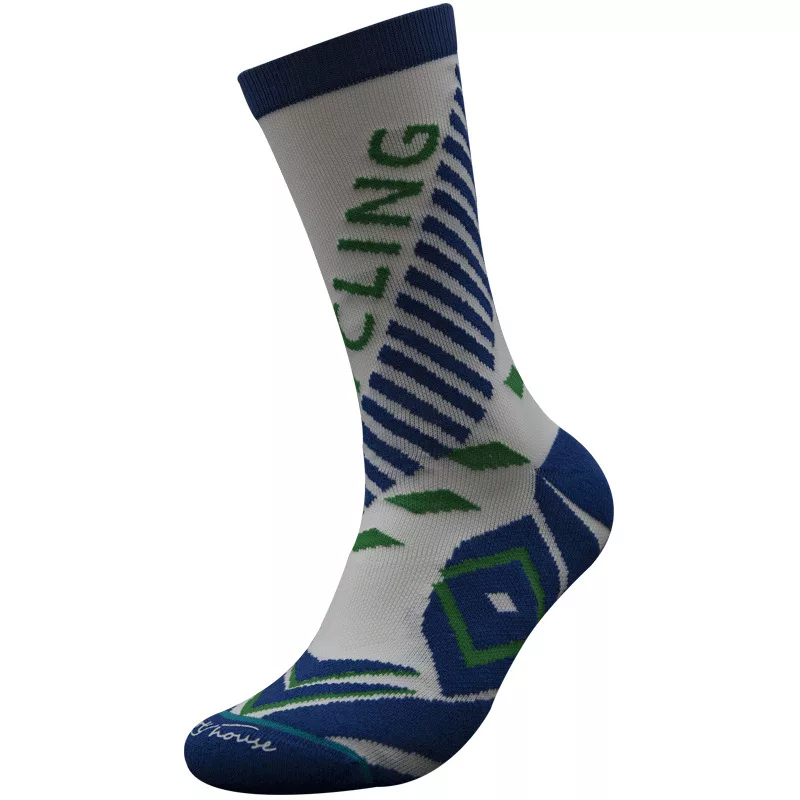Compression socks are garments that apply pressure to your legs, ankles, and feet. They work by improving blood flow and circulation, which can provide a range of benefits. Whether you’re an athlete, pregnant, or spend long hours on your feet, compression socks can offer support and relief. Learn more about how compression socks work and who can benefit from wearing them.
Table of Contents
ToggleDefinition of Compression Socks

Compression socks, also known as compression stockings or hose, are specially designed garments that provide graduated pressure to your legs. They typically extend from your feet to just below your knee, though longer versions are available for full leg coverage. Made from elastic materials, compression socks are snug-fitting and exert the most pressure at the ankle, gradually decreasing as they go up the leg.
How Compression Socks Work
Increased Blood Flow
Muscle Support
Reduced Swelling and Discomfort
Compression socks work by applying pressure to the veins, arteries, and muscles in your legs, helping to improve blood flow and prevent blood from pooling. The compression gradient promotes the movement of blood back towards the heart, enhancing circulation and reducing the risk of swelling, blood clots, and other circulatory disorders.
Compression socks also provide support to the muscles in your legs. The gentle yet firm pressure helps reduce muscle vibration during movement, resulting in less fatigue and improved muscle efficiency. This can be especially beneficial for athletes and individuals engaged in physical activities that involve repetitive leg motion.
By aiding blood flow and minimizing fluid buildup, compression socks can reduce leg swelling, especially for people who are on their feet for extended periods or suffer from conditions like edema. They can also alleviate the discomfort associated with varicose veins and achy, tired legs.

Benefits of Wearing Compression Socks
- Improved circulation and blood flow
- Reduced leg swelling and discomfort
- Enhanced performance and muscle recovery for athletes
- Prevention of blood clots and deep vein thrombosis
- Relief for individuals with varicose veins and venous insufficiency
- Alleviation of leg fatigue and heaviness
- Decreased risk of leg ulcers and other vascular complications
How to Choose the Right Compression Socks
Size and Fit
Make sure to choose a pair of compression socks that fit snugly but comfortably around your feet and legs. Avoid socks that are too tight or loose, as they won’t be effective.
Compression Level
Choose a compression level that matches your needs. A lower level may be appropriate for everyday wear, while a higher level may be needed for intense workouts or recovery.
Style and Fabric
Compression socks come in a range of styles and fabrics. Choose a pair that meets your needs in terms of breathability, moisture-wicking, and durability.
Brand Reputation
Choose a reputable brand with positive reviews to ensure that you’re getting a high-quality product that will last.
How to Wear Compression Socks
Step 1: Roll Down
Roll down the sock to the heel, leaving the toe exposed.
Step 2: Put On
Gently pull the sock up over the foot and leg, making sure it’s snug but not too tight.
Step 3: Adjust
Adjust the sock as needed to ensure that it’s comfortable and providing even compression.


